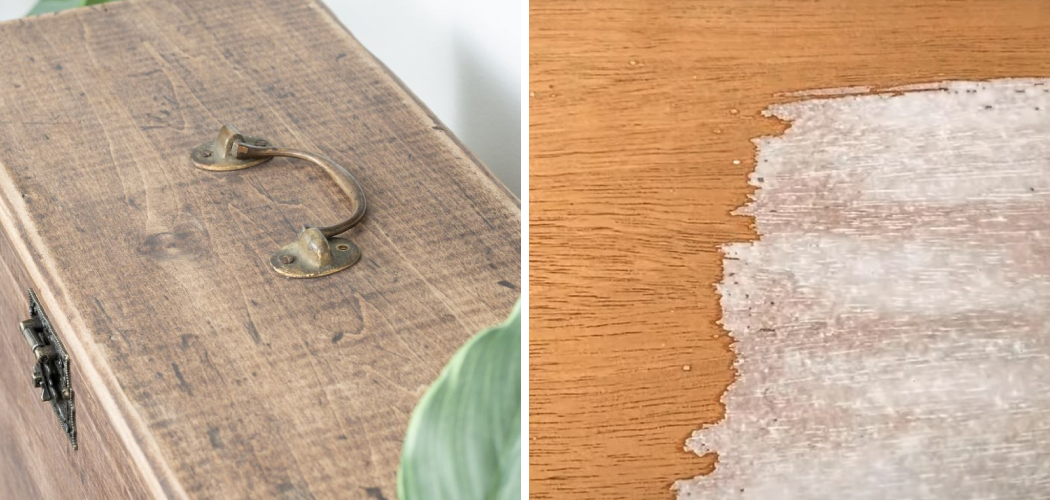Sealing raw wood without altering its natural color is essential for preserving its original beauty while providing protection against moisture, dirt, and wear. Whether you’re working with delicate hardwoods or seeking to maintain the authenticity of rustic timber, finding the right sealant is crucial. From clear sealants to specialized products designed specifically for preserving wood’s natural hue, there are various options available.
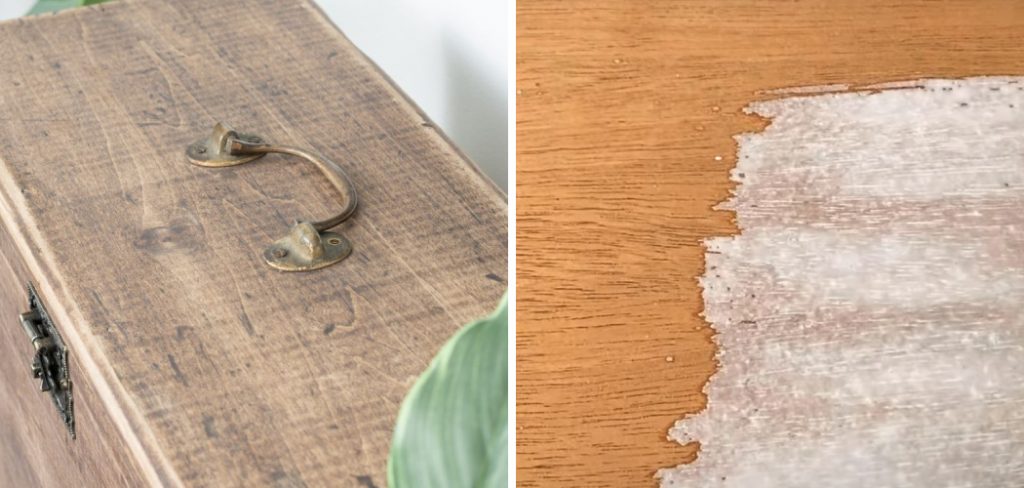
Sealing raw wood effectively requires selecting the appropriate sealant and applying it correctly to ensure thorough coverage without altering the wood’s color. This article will explore how do you seal raw wood without changing color, providing valuable insights and practical tips for achieving optimal results. By following these guidelines, you can protect and enhance the natural beauty of your raw wood projects without compromising their distinctive color.
The Importance of Sealing Raw Wood
Sealing raw wood is a critical step in any woodworking or furniture-making project. Wood, by nature, is a porous material that can absorb moisture, leading to potential issues such as warping, swelling, and rot. By sealing raw wood, you create a protective barrier that safeguards it from the detrimental effects of humidity and spills. Additionally, sealing helps prevent dirt and grime from embedding into the wood’s surface, making it easier to clean and maintain.
Beyond protection, sealing raw wood enhances its durability, ensuring that your projects can withstand daily use and environmental challenges. Properly sealed wood retains its structural integrity and visual appeal over time, making it a wise investment for anyone looking to preserve the longevity and beauty of their wooden creations.
10 Methods How Do You Seal Raw Wood without Changing Color
1. Selecting the Right Sealant
Choosing the appropriate sealant is crucial when you want to seal raw wood without altering its color. Look for sealants specifically labeled as “clear” or “natural” to ensure they won’t change the wood’s appearance. Polyurethane, lacquer, and shellac are common clear sealants that provide protection without significantly altering the wood’s color. Water-based sealants tend to have less of an impact on the wood’s hue compared to oil-based ones. Always test the sealant on a small, inconspicuous area of the wood to confirm it doesn’t affect the color before applying it to the entire surface.
2. Sanding the Wood
Before sealing the raw wood, it’s essential to sand it to create a smooth surface and enhance the sealant’s adhesion. Start with a coarse-grit sandpaper (around 120-grit) to remove any rough spots, imperfections, or mill marks. Then, progressively move to finer grits (220-grit or higher) to achieve a smoother finish. Sanding also opens up the wood pores, allowing the sealant to penetrate more evenly. Always sand in the direction of the wood grain to avoid scratches and swirl marks. After sanding, wipe the wood with a tack cloth to remove any dust or debris before applying the sealant.
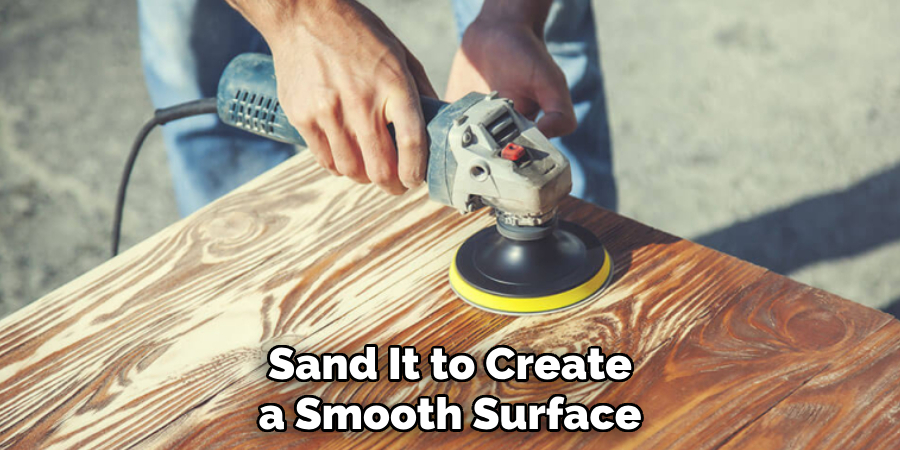
3. Applying a Pre-Stain Wood Conditioner
For woods prone to blotching or uneven absorption of stain or sealant, applying a pre-stain wood conditioner can help achieve a more uniform finish. Pre-stain conditioners are clear liquids that penetrate the wood fibers, preparing them to accept stain or sealant more evenly.
Apply the conditioner with a brush or cloth, making sure to cover the entire surface evenly. Allow the conditioner to penetrate for the recommended time specified by the manufacturer, typically around 5 to 15 minutes, and then wipe off any excess with a clean cloth. Once the wood is conditioned, you can proceed with sealing it using your chosen clear sealant.
4. Using a Spray-on Sealant
Spray-on sealants are an excellent option for sealing raw wood without changing its color, as they provide a thin, even coat that minimizes the risk of altering the wood’s appearance. Look for clear aerosol sealants specifically formulated for wood surfaces. Spray the sealant evenly over the wood, holding the can about 8 to 12 inches away and moving in smooth, overlapping strokes. Ensure complete coverage of the surface and allow the sealant to dry according to the manufacturer’s instructions. Repeat the application if necessary to achieve the desired level of protection. Spray-on sealants are convenient to use and provide a uniform finish without altering the wood’s color.
5. Applying a Thin Coat of Shellac
Shellac is a natural resin secreted by the lac bug and is often used as a clear sealant for wood surfaces. It dries quickly and forms a durable, protective coating that enhances the wood’s natural beauty without altering its color significantly. To apply shellac, use a clean brush or cloth to spread a thin, even coat over the entire surface of the raw wood.
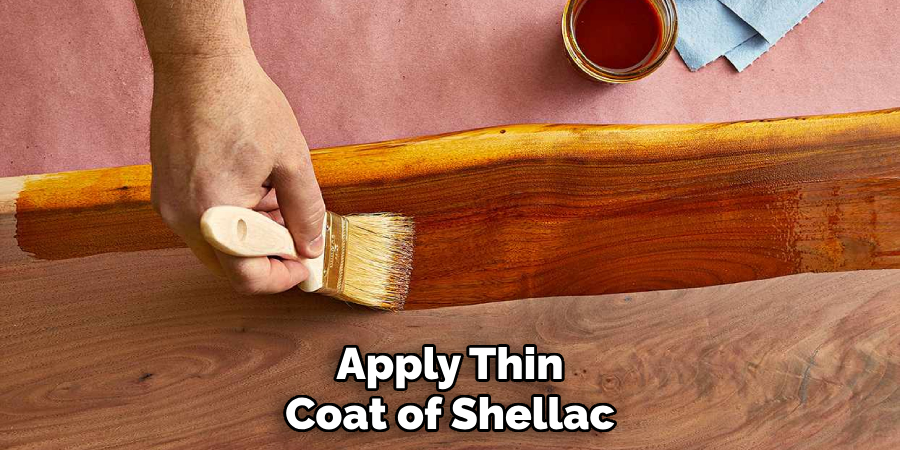
Work quickly and methodically to avoid streaks or uneven coverage. Allow the shellac to dry completely, which usually takes about 30 minutes to an hour, depending on the temperature and humidity. Once dry, lightly sand the surface with fine-grit sandpaper to smooth out any imperfections before applying additional coats if desired.
6. Using Water-Based Polyurethane
Water-based polyurethane sealants are another excellent option for sealing raw wood without changing its color. Unlike oil-based polyurethane, which can amber over time and alter the wood’s appearance, water-based polyurethane remains clear and maintains the wood’s natural color.
Apply the water-based polyurethane with a brush or foam applicator, working in the direction of the wood grain to ensure even coverage. Allow the first coat to dry completely before lightly sanding the surface with fine-grit sandpaper. Apply subsequent coats as needed, sanding between coats to achieve a smooth finish. Water-based polyurethane provides excellent protection against moisture, scratches, and UV damage while preserving the wood’s natural color.
7. Using a Clear Lacquer
Clear lacquer is a fast-drying, durable sealant that provides a glossy finish without altering the wood’s color significantly. It forms a hard, protective coating that enhances the wood’s natural beauty and provides excellent resistance to moisture, heat, and chemicals.
Apply clear lacquer with a brush, spray gun, or aerosol can, following the manufacturer’s instructions for best results. Ensure even coverage of the entire surface and allow the lacquer to dry completely between coats. Lightly sand the surface between coats with fine-grit sandpaper to achieve a smooth finish. Clear lacquer is an ideal choice for sealing raw wood while maintaining its original color and grain pattern.
8. Using Paste Wax
Paste wax is a natural, low-sheen sealant that provides a protective coating without altering the wood’s color significantly. It penetrates the wood fibers and forms a thin, durable layer that enhances the wood’s natural beauty. To apply paste wax, use a clean, lint-free cloth or applicator pad to spread a thin, even coat over the entire surface of the raw wood. Work the wax into the wood in a circular motion, ensuring complete coverage. Allow the wax to dry for the recommended time specified by the manufacturer, typically around 15 to 30 minutes, and then buff the surface with a clean cloth to achieve a smooth, lustrous finish. Repeat the application if desired for added protection.
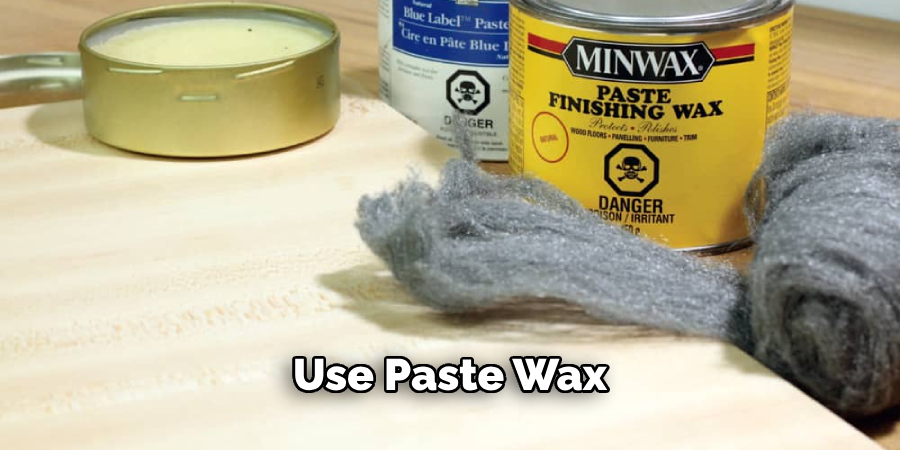
9. Using Tung Oil
Tung oil is a natural, penetrating oil that provides a protective finish while enhancing the wood’s natural color and grain pattern. It forms a water-resistant barrier that protects the wood from moisture, scratches, and UV damage. To apply tung oil, use a clean brush or cloth to spread a thin, even coat over the entire surface of the raw wood. Allow the oil to penetrate for the recommended time specified by the manufacturer, typically around 15 to 30 minutes, and then wipe off any excess with a clean cloth. Repeat the application if desired for added protection. Tung oil provides a beautiful, natural-looking finish that preserves the wood’s original color and character.
10. Using UV-Resistant Sealants
If you’re concerned about UV damage affecting the color of your raw wood, consider using a sealant specifically formulated to resist UV rays. UV-resistant sealants contain additives that block UV radiation, helping to prevent the wood from fading or changing color over time. Look for sealants labeled as “UV-resistant” or “UV-protective” to ensure they provide adequate protection against sunlight. Apply the sealant according to the manufacturer’s instructions, ensuring complete coverage of the wood surface. UV-resistant sealants are an excellent choice for outdoor furniture or other wood surfaces exposed to direct sunlight, helping to preserve their natural color and beauty for years to come.
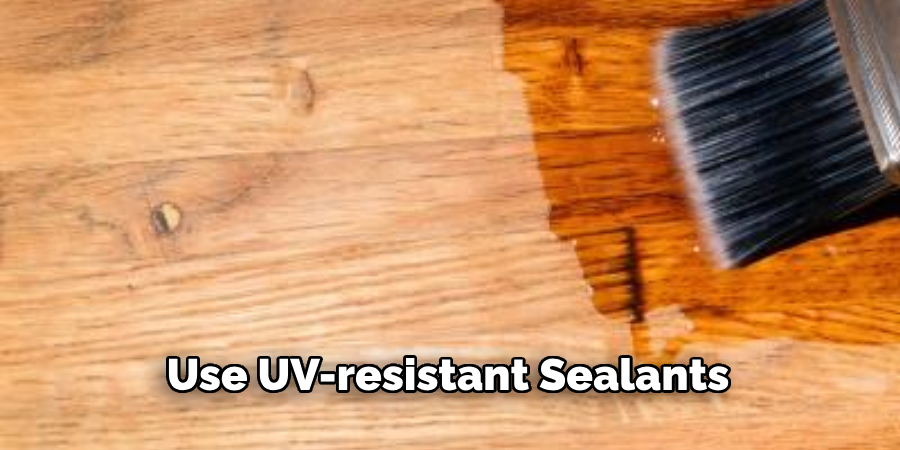
Conclusion
Choosing the right sealant to preserve the natural color and beauty of raw wood is essential for maintaining its original appearance and ensuring long-lasting protection. Whether you opt for a clear aerosol spray, shellac, water-based polyurethane, clear lacquer, paste wax, tung oil, or a UV-resistant sealant, each option provides distinct advantages tailored to various applications and environments. By following the application guidelines and taking appropriate care, you can enhance the wood’s natural aesthetics while safeguarding it against moisture, scratches, UV damage, and other environmental factors. Thanks for reading, and we hope this has given you some inspiration on how do you seal raw wood without changing color!
